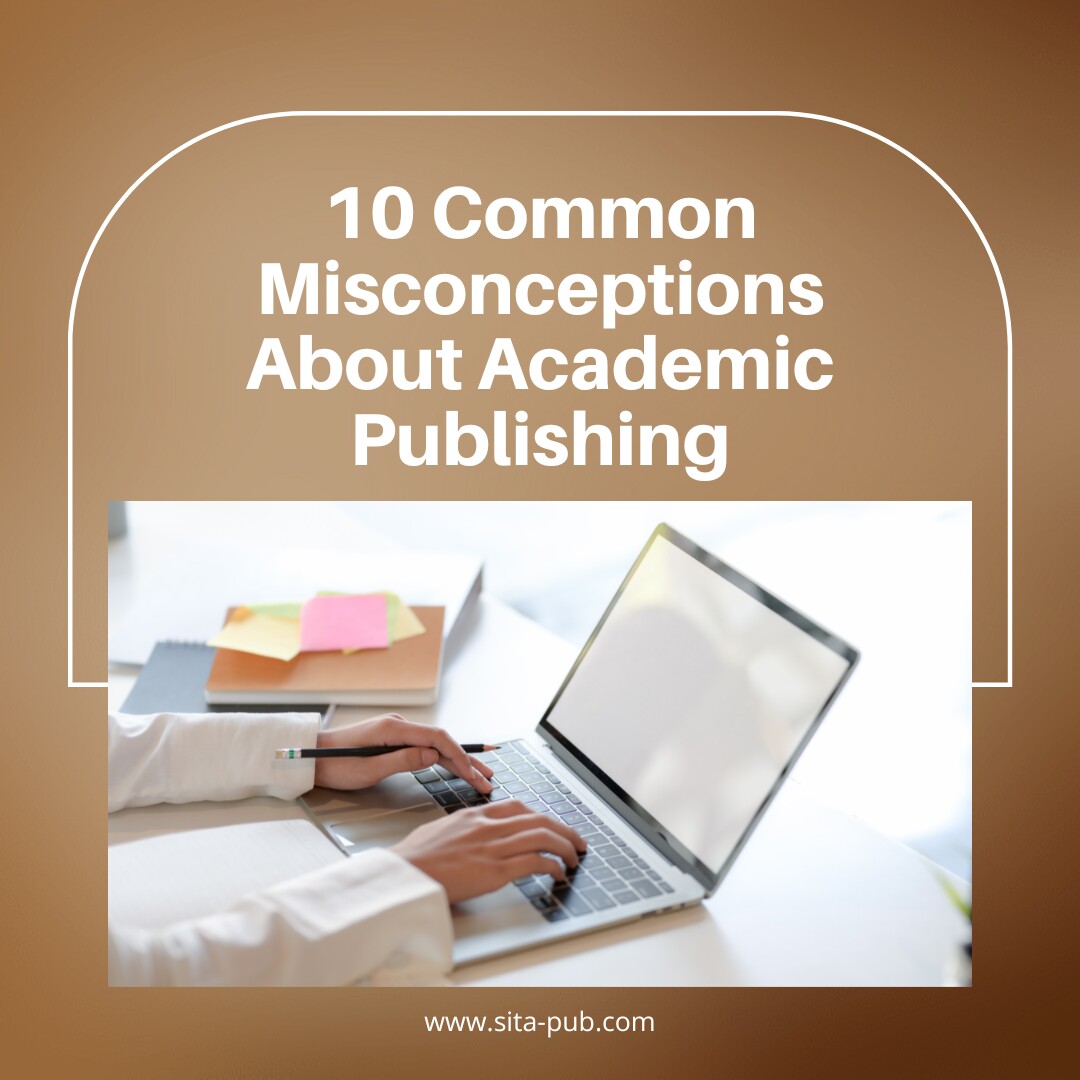10 Common Misconceptions About Academic Publishing


Academic publishing is a critical component of the research process, serving as a primary means for disseminating knowledge and findings. However, it is surrounded by numerous misconceptions that can lead to confusion and misinformed decisions among researchers. In this article, we will explore some of the most common misconceptions about academic publishing, helping to clarify the realities of the process.

One of the most prevalent misconceptions is that all academic journals are of equal quality. In reality, journals vary significantly in terms of their credibility, peer review processes, and impact on the field. High-impact journals are often more selective and have rigorous standards for publication. These journals typically attract more citations and have a greater influence on research trends. Researchers should evaluate journals carefully, considering their reputation, indexing status, and audience to ensure they choose an appropriate venue for their work.

Another misconception is that the impact factor is the sole indicator of a journal's quality. While the impact factor is an important metric that measures the average number of citations to articles published in a journal, it is not the only measure of quality. Other metrics, such as the h-index, CiteScore, and Altmetric scores, provide additional insights into a journal's influence and the impact of individual articles. Researchers should consider a combination of metrics to gain a comprehensive understanding of a journal's standing in the academic community.

There is a widespread belief that open access journals are synonymous with low-quality research. However, many reputable open access journals adhere to high standards of peer review and editorial practices. In fact, several well-respected journals operate under the open access model, allowing for broader dissemination of research findings. Researchers should evaluate each journal on its own merits, rather than making assumptions based on its access model.

Some researchers mistakenly believe that they can publish their work in any journal without consequences. This misconception can lead to publishing in predatory journals, which often lack rigorous peer review and ethical standards. Articles in these journals may not be taken seriously by the academic community, potentially harming a researcher’s credibility. It is crucial to thoroughly vet journals before submission, ensuring they are legitimate, indexed, and recognized in the field.

Many assume that the peer review process is consistently fair and unbiased. While peer review is designed to uphold quality, it can be influenced by personal biases, conflicts of interest, or varying standards among reviewers. Some papers may receive favorable reviews due to the reviewer’s preferences, while others may be unfairly criticized. Understanding that peer review is not infallible can help researchers navigate the process more effectively and prepare for potential challenges.

A common misconception is that publication marks the end of a researcher’s responsibilities. In reality, promoting published work is essential for reaching a wider audience and maximizing impact. Engaging with the academic community through presentations, social media, and networking can enhance visibility and foster collaborations. Researchers should actively share their findings and engage with readers to ensure their work contributes to ongoing discussions in their field.

While publishing in high-impact journals can enhance a researcher’s visibility, not all research requires this level of exposure. Niche studies may be better suited for specialized journals that target specific audiences. These venues can provide a more appropriate context for the research and foster engagement with relevant scholars. Researchers should consider their goals and the nature of their work when selecting a journal, rather than solely focusing on impact factors.

Some researchers believe they cannot publish similar findings in multiple venues. However, it is possible to present the same research in different formats, such as articles, reviews, or conference papers, as long as the submissions are appropriately framed and cited. Researchers should be transparent about their work and ensure that they are not violating copyright or self-plagiarism guidelines. This can help maximize the reach and impact of their research.

There is a misconception that all authors contribute equally to a publication. In reality, contributions can vary significantly, with some authors taking on larger roles in research design, data analysis, or writing. It is important for researchers to clarify author contributions and establish agreements regarding authorship before submission. This transparency can help prevent conflicts and ensure that all contributors receive appropriate recognition for their work.

Finally, many researchers equate rejection with failure, viewing it as a negative reflection of their work. In truth, rejection is a common part of the publishing process and can offer valuable feedback for improvement. Many successful researchers have faced multiple rejections before ultimately finding the right venue for their work. Viewing rejection as an opportunity for growth can help researchers maintain resilience and continue to refine their research for future submissions.
Understanding the common misconceptions surrounding academic publishing is essential for researchers navigating the complex landscape of scholarly communication. By recognizing the realities of journal quality, metrics, peer review, and the importance of promotion, researchers can make informed decisions that enhance their publishing experiences and contribute meaningfully to their fields. Ultimately, being well-informed can empower researchers to navigate the academic publishing process with confidence and integrity.

SITA Academy can help you get your papers into reputable journals and databases. Our team will guide you through the entire process, from choosing the right journal to formatting your manuscript.
What services do we offer?
If you have any questions, inquiries, or would like to learn more about our services, please don't hesitate to reach out to us. Our dedicated team is ready to assist you.